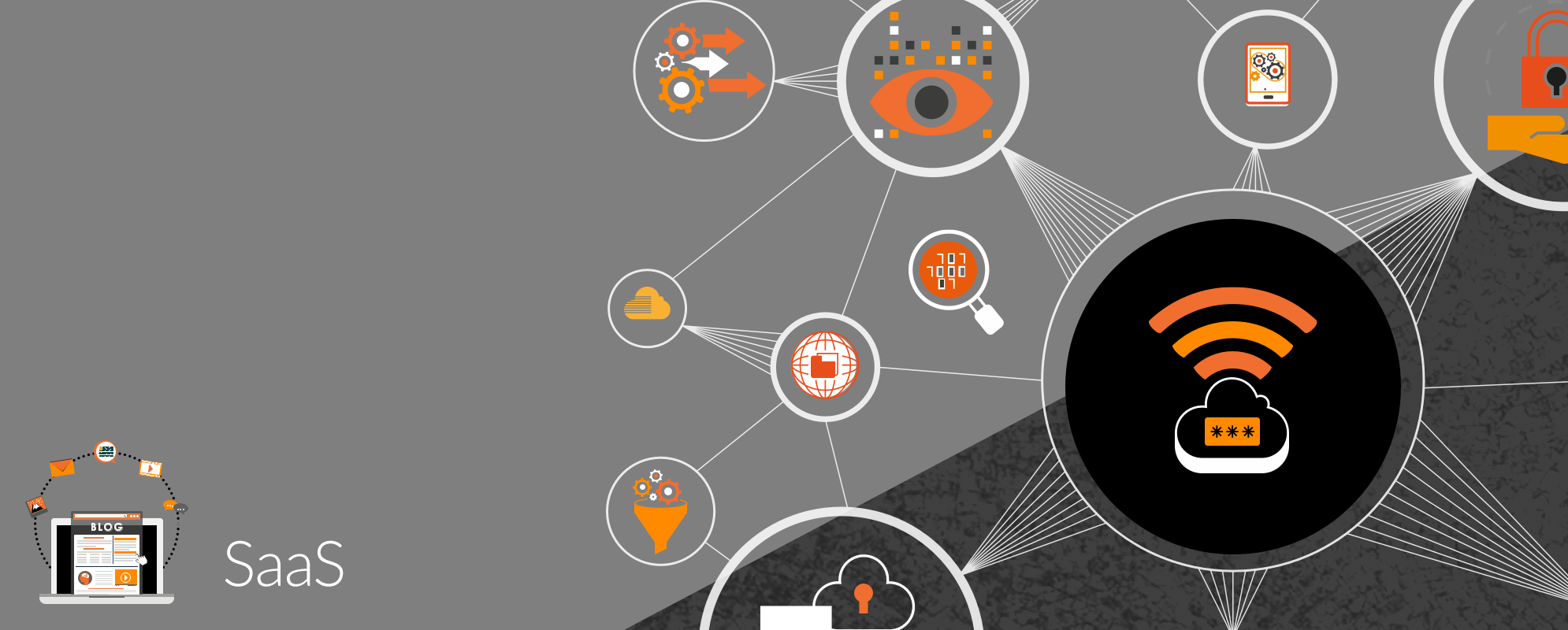
Get weekly
HubSpot updates
So, you want to get people to pay for a subscription to licence your software, right?
It wasn't so long ago that companies and individuals would buy entire software packages on a CD-ROM; knowing, on the one hand, that the product was theirs for keeps, on the other, experiencing a slight sense of trepidation as to whether this big investment would give them the results they required.
As a consumer it was necessary to do your research before making the decision – slightly problematic if you're not fluent in tech-speak. So you'd rely on the recommendations of your friends, colleagues and peers – how else could you be sure that what you were buying could meet your needs?
Authority building and other clever marketing tactics also created monopolies in certain industries. Software giants like Adobe, Microsoft and Steinberg became industry-standard tools as a result.
So where does that leave the new kids on the SaaS block?
Luckily, improvements in technology and broadband speeds present customers with a range of alternatives, as well as new and exciting services.
This is because the purchasing process is easier. Educational content describing the value proposition of the product is accessible, and customers can choose to subscribe and cancel their memberships if the software is not the right fit.
This is where your free trial offer is crucial to not only growing your business, but also in helping you to accumulate the right kind of customers.
If your software doesn't work for them, they should be allowed to look somewhere else, not be forced to pay a fee for something that doesn't suit them. That's only going to reflect badly on your business in the long term.
Why free trials help you to sell SaaS
1) It's all about the onboarding
Getting your foot in the door is all about making your users comfortable with your interface and features. Overcoming resistance, particularly when it comes to larger organisations that can find it harder to adapt to change, is half the battle in making the sale.
By offering a free trial, you are giving resource managers a way of introducing your software into the business with minimal risk. If you offer support and nurture the new users throughout the free trial period, you can convert them quickly and show the benefits of your service without the hard sell. After experiencing your product, they'll be more confident in using it and less likely to show interest in alternatives.
2) It's not a giveaway; it's a conversion tool
You may be wary of handing over your product for free. After all, in order for the user to get the real benefit of using the service, you have to be pretty lax on the barriers you put up.
However, a free trial isn't all about the give. You have to design the entire experience with the aim of making a conversion at the end. You have to create prompts and steps that make the user feel as though paying for the service is absolutely essential, and it makes sense.
The purpose of your free trial is to show the prospect that your software solves their problem. And how will they go the rest of their days knowing that you have a solution which works so easily and simply?
They have to have it.
But how do you get the customer to come to this conclusion?
By actually letting them use the product. Offer education within the free trial to ensure they don't miss out on any of the nifty features that could revolutionise their daily tasks. Don't just give them a shiny new car for free; show them how it works, let them feel how it drives, make all other cars dull by comparison. That is the goal of your free trial.
3) It's a conversation starter
Not sure how to approach your leads?
If someone trialled your product and shared their details, you can employ a completely inbound approach.
You want to know how they got on with their free trial.
Is there any information or tutorials you could offer to make onboarding easier? Could you put them in an email nurture of helpful tips and hints that make the whole experience more valuable? If they encountered hurdles, can they make suggestions for how you could tweak and improve the software for their user experience?
A free trial means you're dealing with people that are already through the door, that have some knowledge and experience of your product and a willingness to get the most out of it. You may find that you are losing conversions by not answering simple questions that could revolutionise the trial experience for the user and make them far more likely to commit to the paid subscription. There is so much data to be collected in this transaction that it would be a shame not to capitalise on it.
The information you gain through the users free trial experience enables you to personalise and target your content, and this is often the difference between selling a full subscription and just getting added to the list of bad experiences.
The key to turning a free trial into a sale is the attention you give to engaging and supporting your customers throughout – don’t forget that they are essentially in your sales funnel. Some key takeaways:
- Provide enough practical education to showcase your software's ability to elegantly, effectively and swiftly solve their problem.
- Give them brief and informative instalments of information on how to operate the system.
- Ask them questions on how their trial is going and where they need support.
- Your service goes way beyond the interface of the product; it's in the customer service you provide and the effort you are willing to make to personalise the experience for the buyer.
If you need some help designing and implementing a SaaS marketing strategy that incorporates a free trial sales tactic, SpotDev can offer expertise and insight that will help you to generate and convert more leads. Get in touch with us today, and let's get you started.
